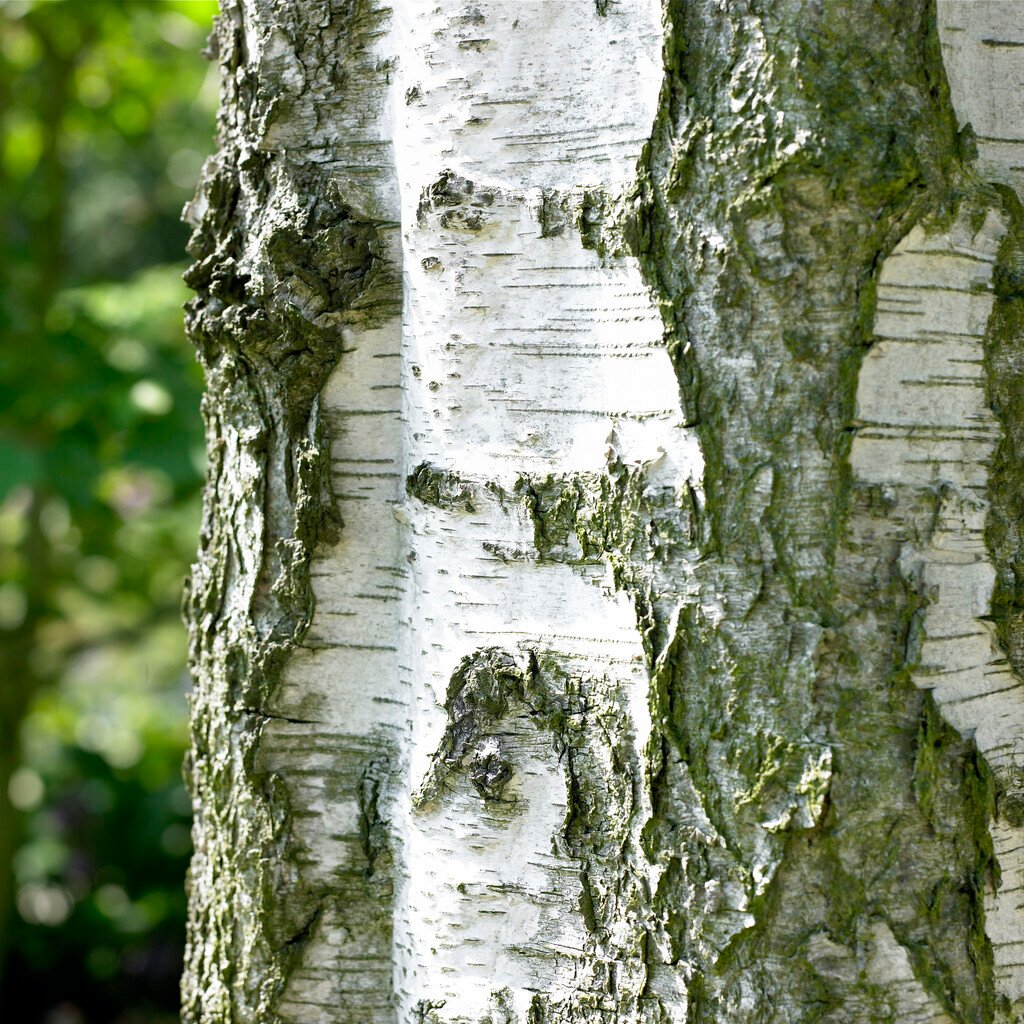Betula pendula subsp. pendula 'Fastigiata'
silver birch 'Fastigiata'
A very neat upright tree growing to a height of upto 12m, with whitish bark and bright green leaves which turn yellow in autumn. The branches have a slightly corkscrew-shaped habit and the growth is dense

Buy this plant
Size
Ultimate height
8–12 metresTime to ultimate height
20–50 yearsUltimate spread
2.5–4 metresGrowing conditions
Moisture
Moist but well–drained, Well–drainedpH
Neutral, Alkaline, AcidColour & scent
| Stem | Flower | Foliage | Fruit | |
| Spring | Green | |||
|---|---|---|---|---|
| Summer | Green | |||
| Autumn | Yellow | |||
| Winter |
Position
- Full sun
- Partial shade
Aspect
West–facing or South–facing or North–facing or East–facing
Exposure
Exposed or Sheltered Hardiness
H7Botanical details
- Family
- Betulaceae
- Native to GB / Ireland
- No
- Foliage
- Deciduous
- Habit
- Columnar upright
- Genus
Betula can be deciduous trees or shrubs, usually colouring well in autumn and often with striking white, pink, or peeling brown bark; separate male and female catkins open before or with the leaves in spring
- Name status
Accepted
How to grow
Cultivation
Grow in moderately fertile, moist but well-drained soil, in full sun or light shade. See tree cultivation for further advice
Propagation
Suggested planting locations and garden types
- Architectural
- Cottage and informal garden
- Wildlife gardens
- Flower borders and beds
Pruning
Pests
May be susceptible to birch borers, leaf-mining sawflies and aphids
Diseases
May be susceptible to honey fungus, a tree rust and powdery mildews
Love gardening
Sign up to receive regular gardening tips, inspiration, offers and more
View our Privacy Policy
Get involved
The Royal Horticultural Society is the UK’s leading gardening charity. We aim to enrich everyone’s life through plants, and make the UK a greener and more beautiful place.